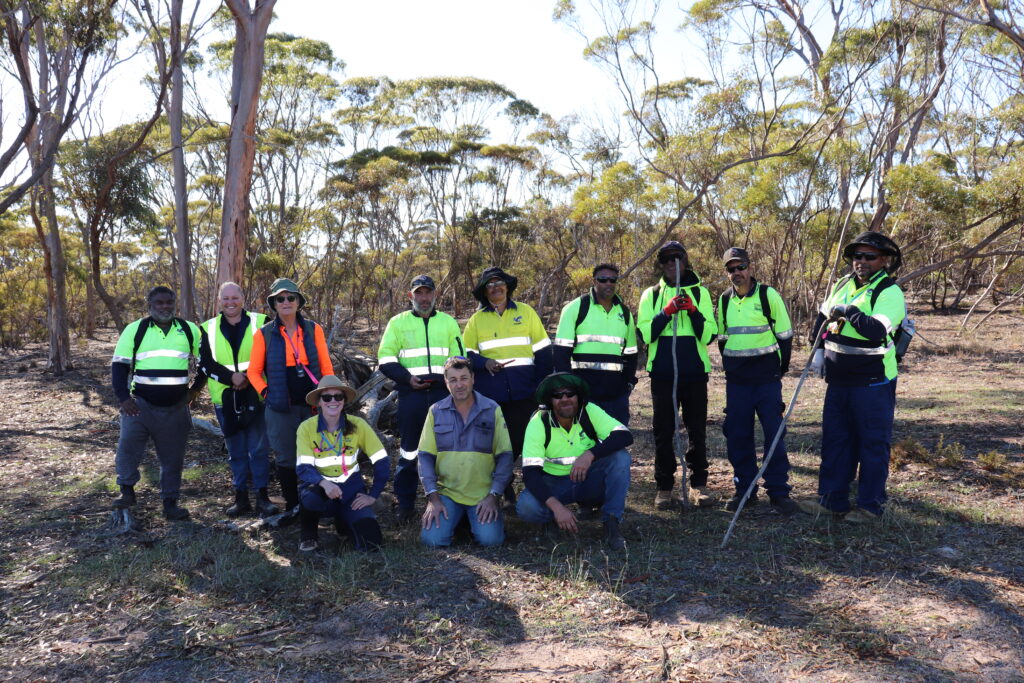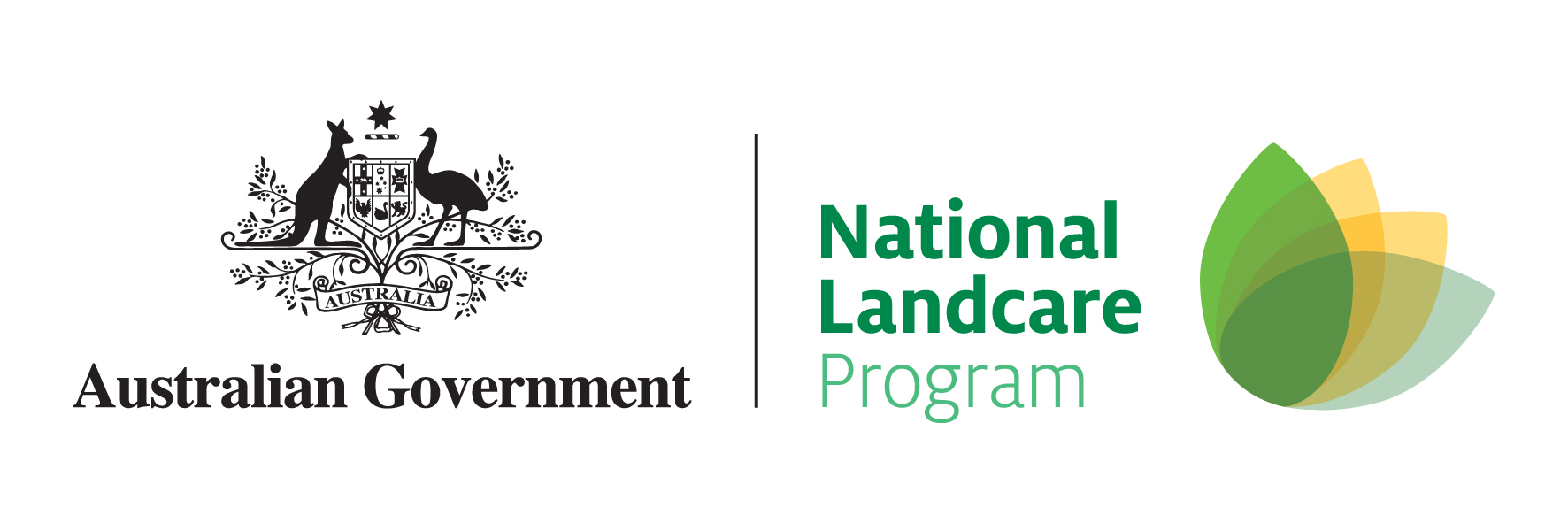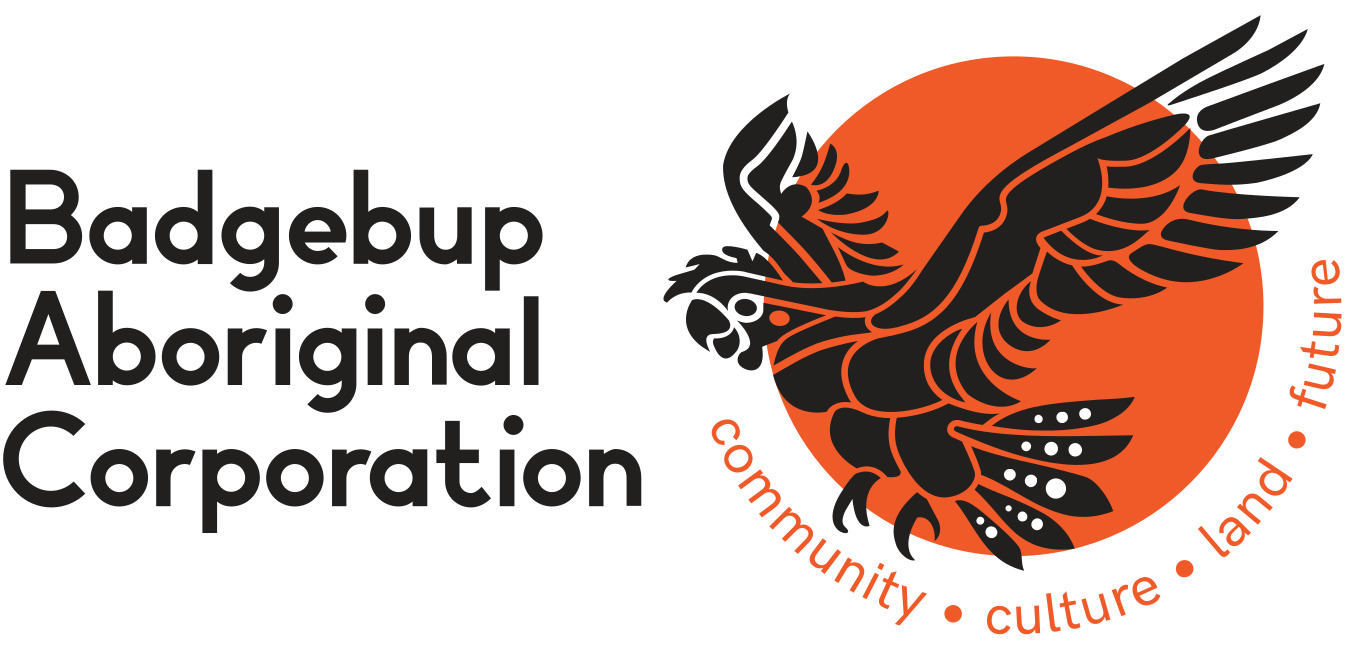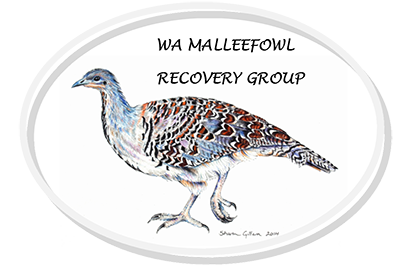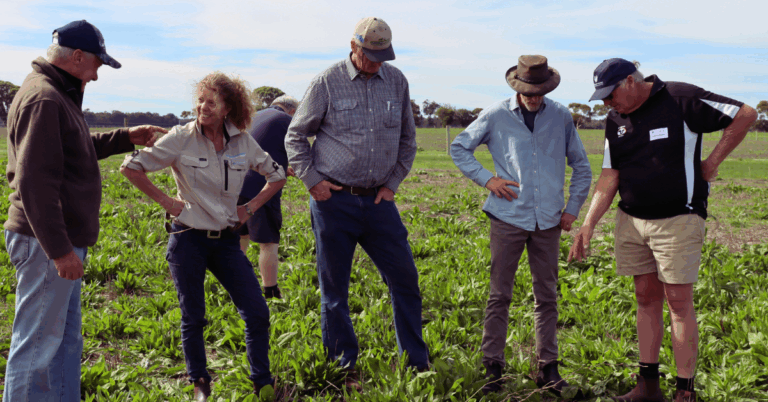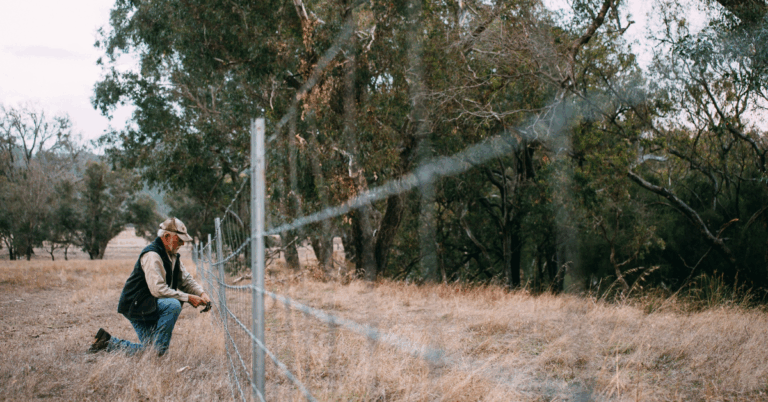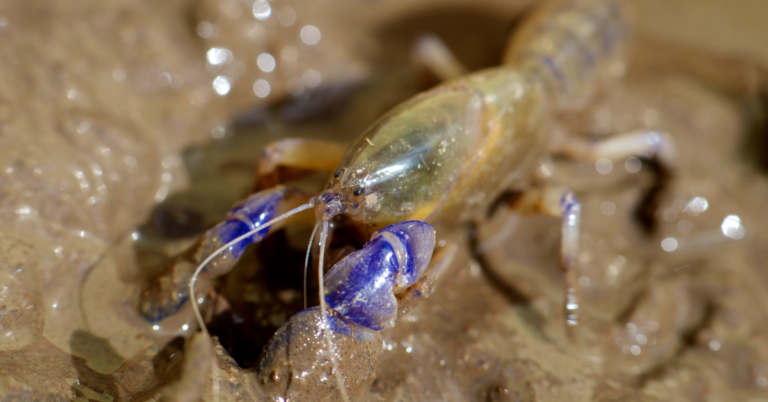Key outcomes
- Working with Aboriginal Corporations to track vulnerable malleefowl in the Wheatbelt region
- Upskilling Ranger teams in ecological surveying techniques
- Discovery of active malleefowl mounds in the eastern Wheatbelt.
The malleefowl is a large, ground-dwelling bird found in semi-arid to arid shrublands and woodlands across southern Australia. They are vulnerable to extinction because of agricultural land clearing, altered fire regimes, introduced predators, competition with introduced herbivores, and declining rainfall.
Malleefowl spend 9 to 11 months per year building and maintaining egg incubation mounds made of soil, leaves and twigs. Composting litter generates heat, which the malleefowl can monitor using their beaks as a thermometer. Mounds can be used over many generations and can be up to a metre high! This impressive feat, however, makes malleefowl vulnerable to predators.
Though once present across the South West NRM region, they are now limited to the eastern edge of our range. This project aims to track malleefowl in the southeastern portion of the region to find out whether there are current populations and breeding sites in this area. If present, this will help us to design conservation approaches.
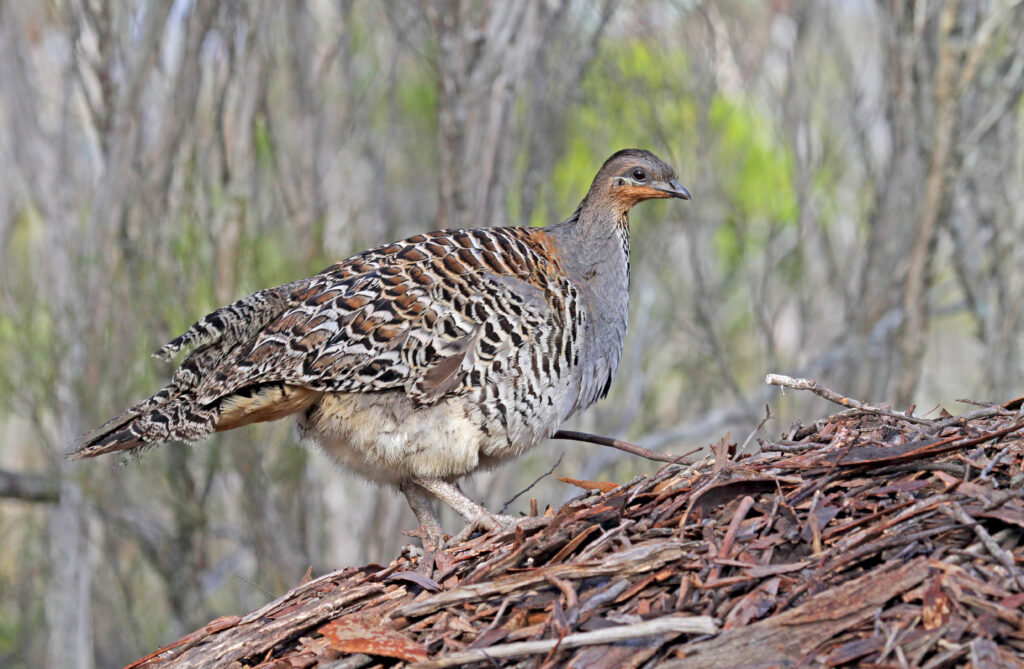
Partnering with Traditional Owners
We work with the Gnowangerup and Badgebup Aboriginal Corporations to undertake surveys and predator control in areas previously known to support populations of the malleefowl.
A LIDAR survey of four potential malleefowl habitats near Gnowangerup was initially undertaken in May 2019. Potential malleefowl mounds were identified and ground-truthed but unfortunately, no active mounds were found. Reports from community members indicated that they may still be present at the Mindarabin Reserve so South West NRM engaged Gnowangerup Aboriginal Corporation to conduct quarterly fox baiting, camera monitoring and mound surveys.
South West NRM trained members of the group in camera use and fox-baiting techniques. We also engaged the WA Malleefowl Recovery Group (WAMRG) to provide training in mound monitoring and assessment. These skills will allow the group to continue to control foxes in the reserve and monitor the effectiveness of predator control. Camera monitoring and fox baiting started at the reserve in April 2019. After almost four years of monitoring and fox control, no malleefowl have been recorded suggesting the species was locally extinct in these areas.
South West NRM and the WAMRG have also worked with the Badgebup Aboriginal Corporation to train its Ngoolark Rangers to undertake walked malleefowl surveys. These skills will allow the Rangers to undertake surveys in other areas and help them to monitor populations across the land they work on. The Ngoolark Rangers conducted a ground survey of Jarring Nature Reserve to look for malleefowl mounds. A total of thirteen Rangers undertook fifteen days of survey work covering more than 750ha of bushland, where twenty-two inactive malleefowl mounds were found and recorded. In the final months of our five-year tracking program, active malleefowl mounds were discovered in Merilup Nature Reserve, south-east of Kukerin. This was an important discovery and will enable South West NRM and other conservation groups to design strategies to protect them into the future.
This project has successfully upskilled Aboriginal Corporations and contributed important learnings to the national effort to ensure no future extinctions. South West NRM’s investment in malleefowl conservation was designed to provide data into the national adaptive management project being delivered through the Threatened Species Recovery Hub.
